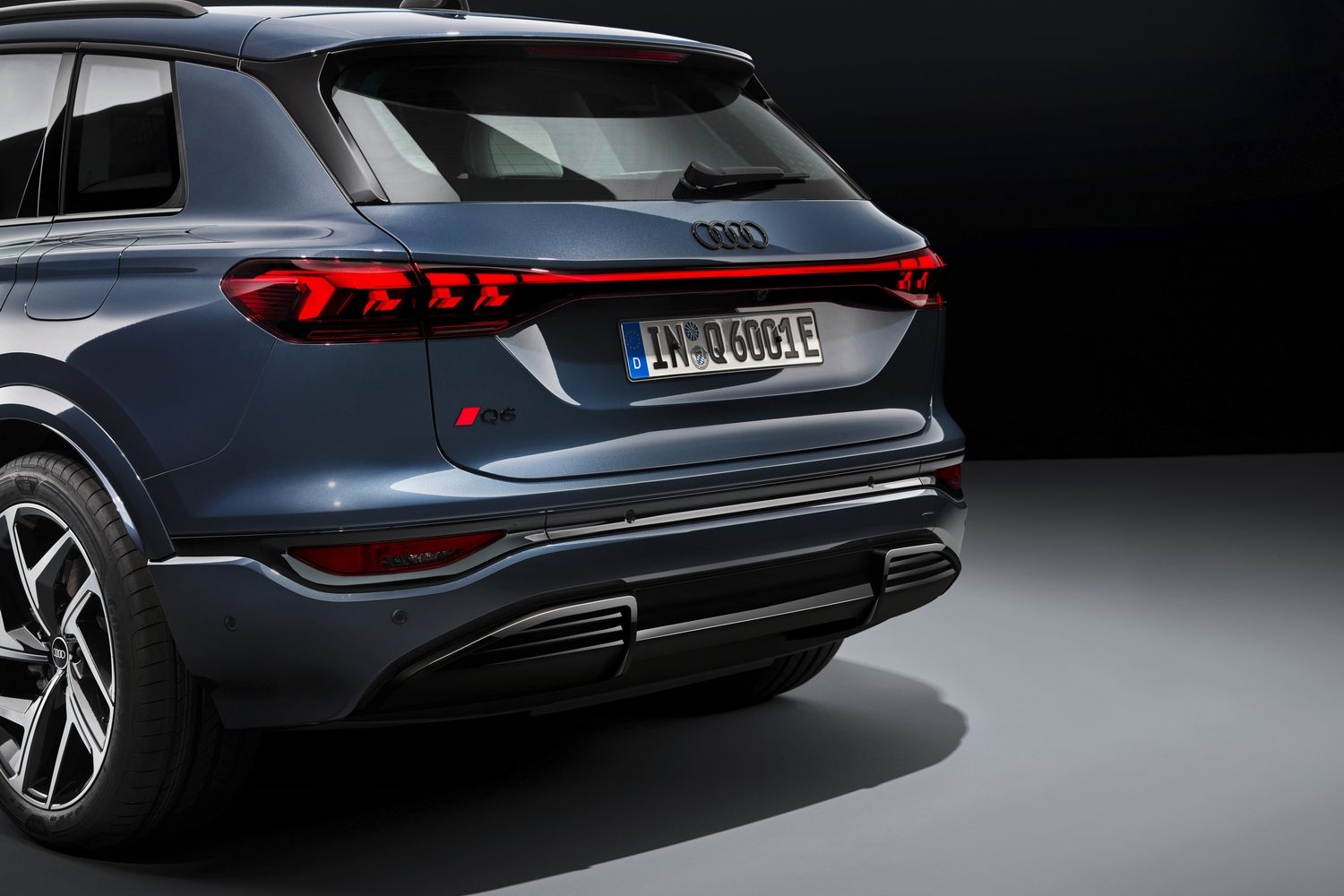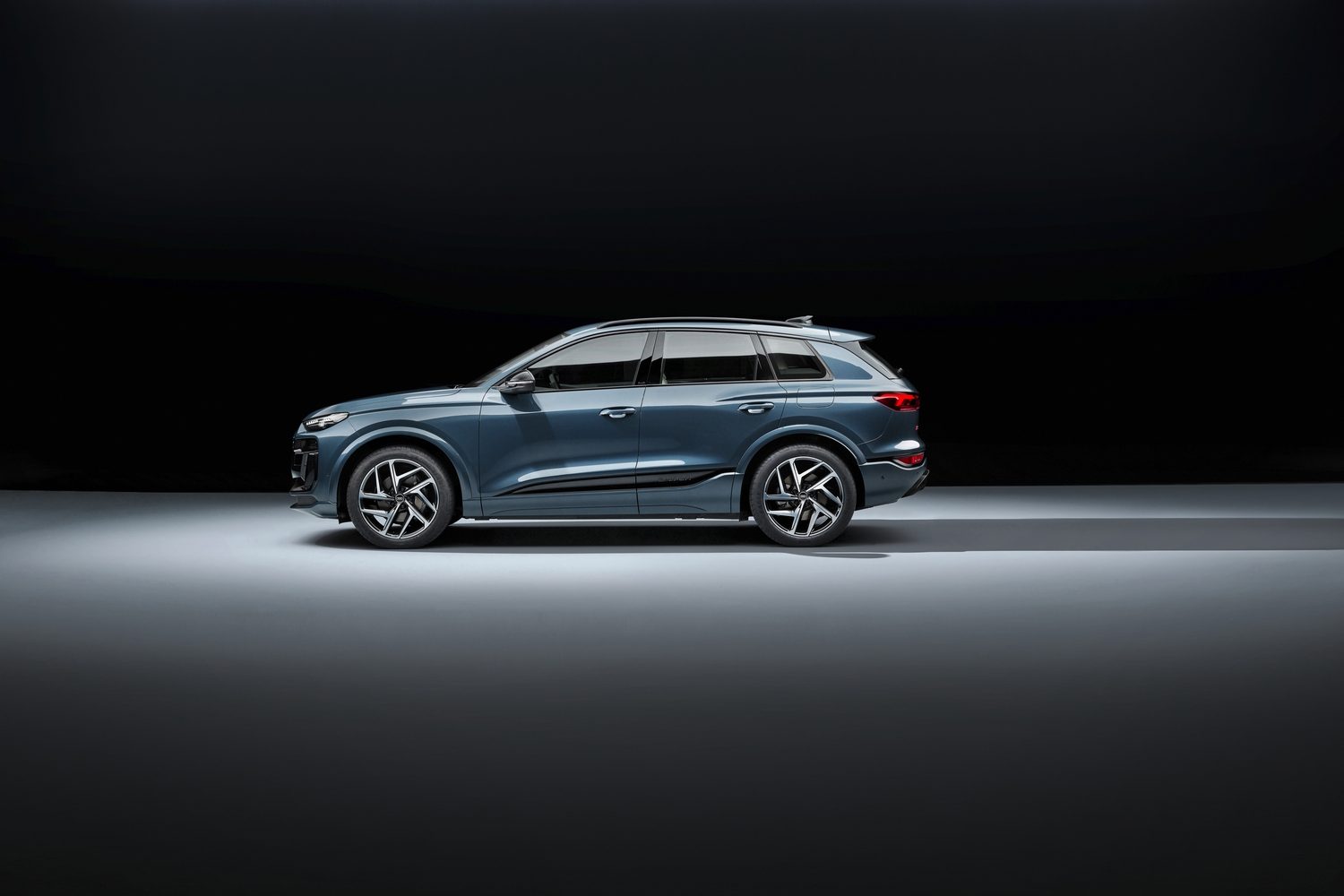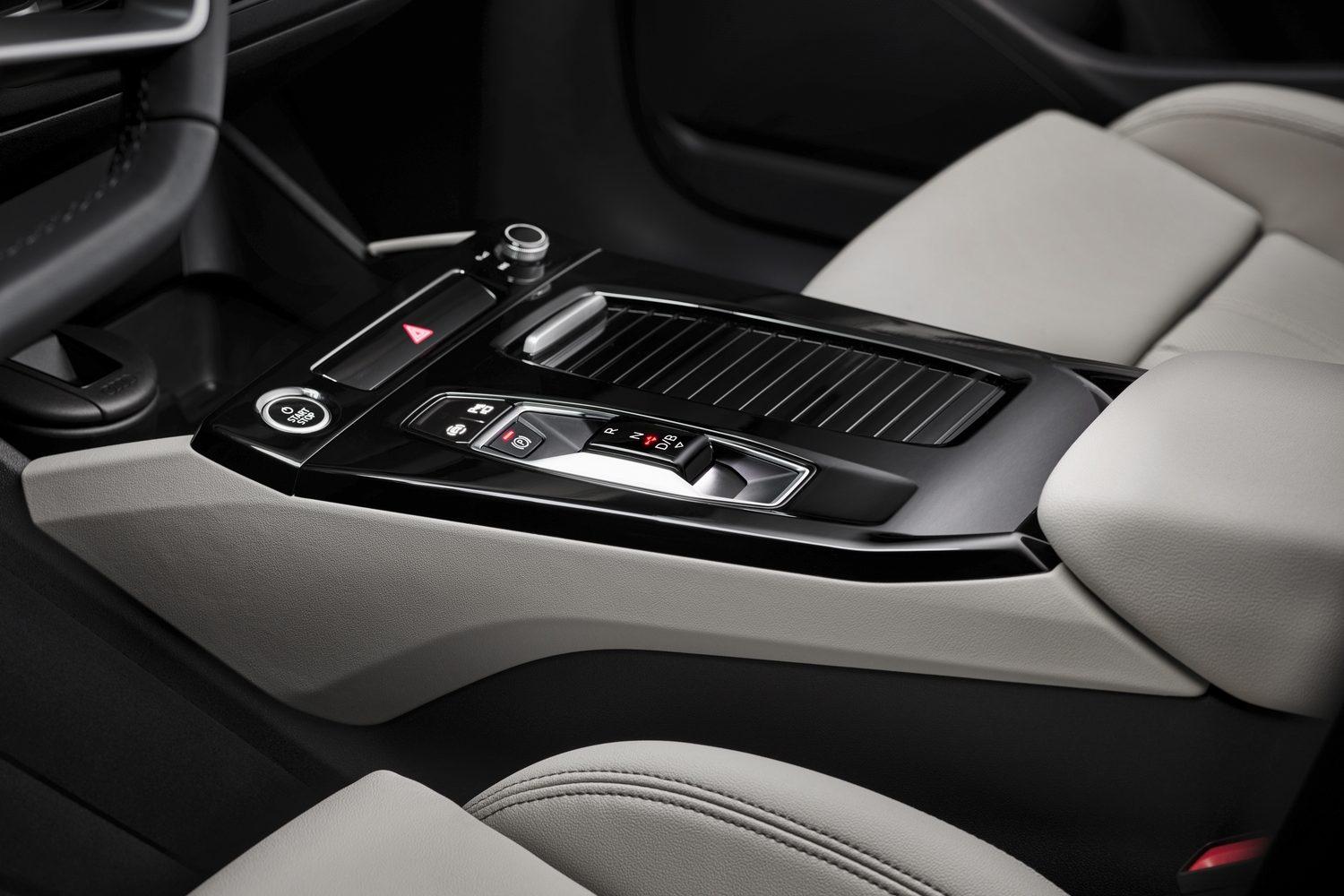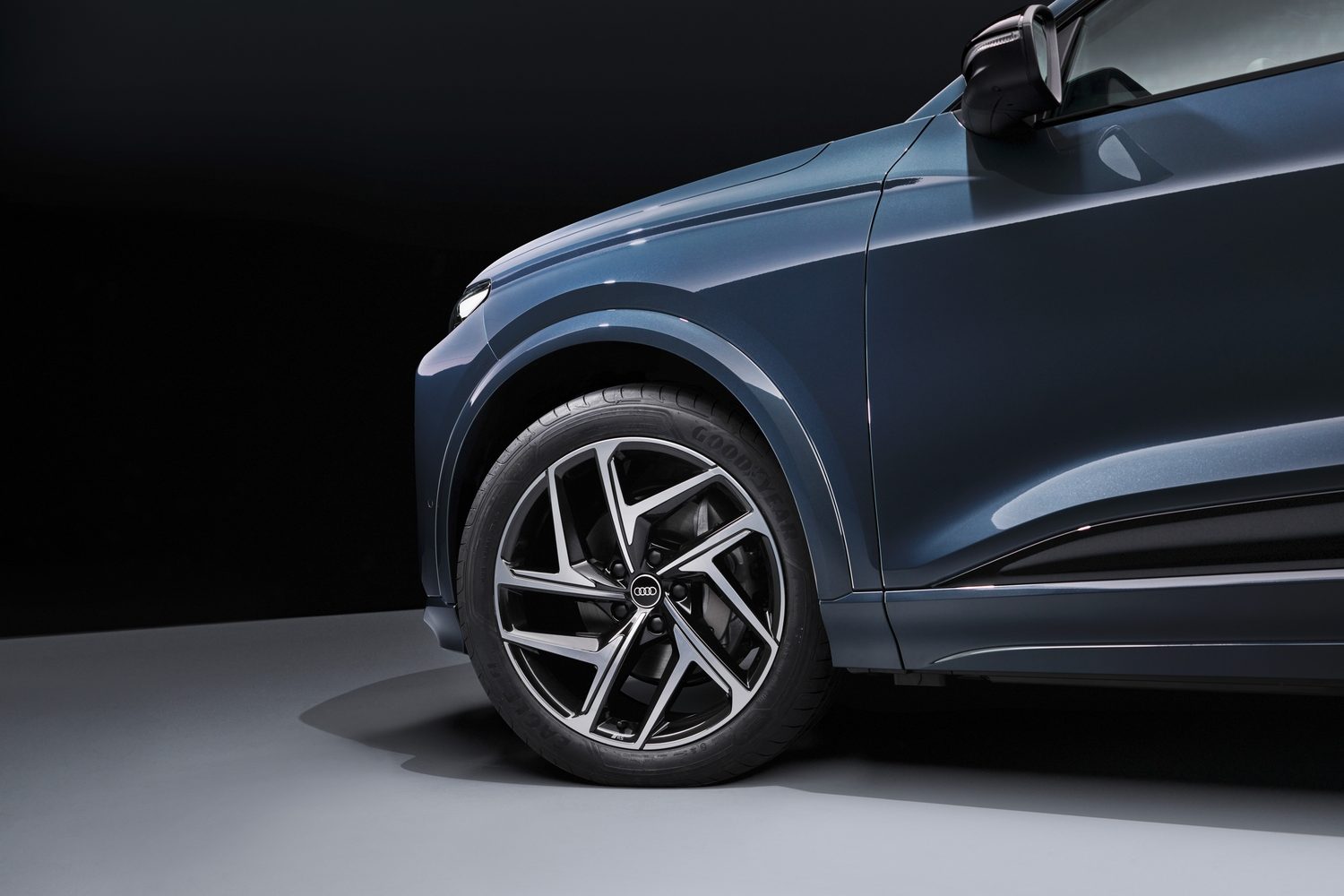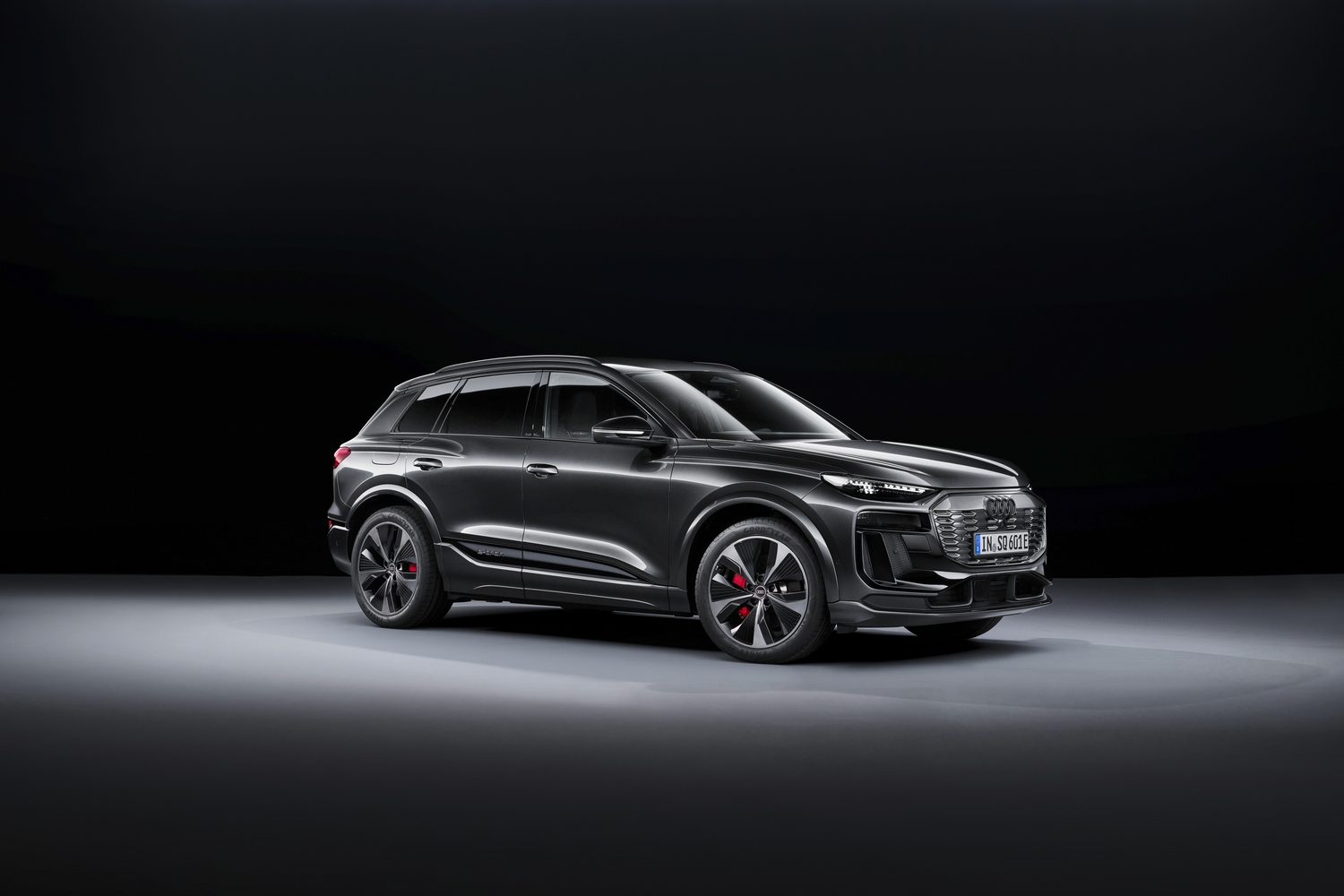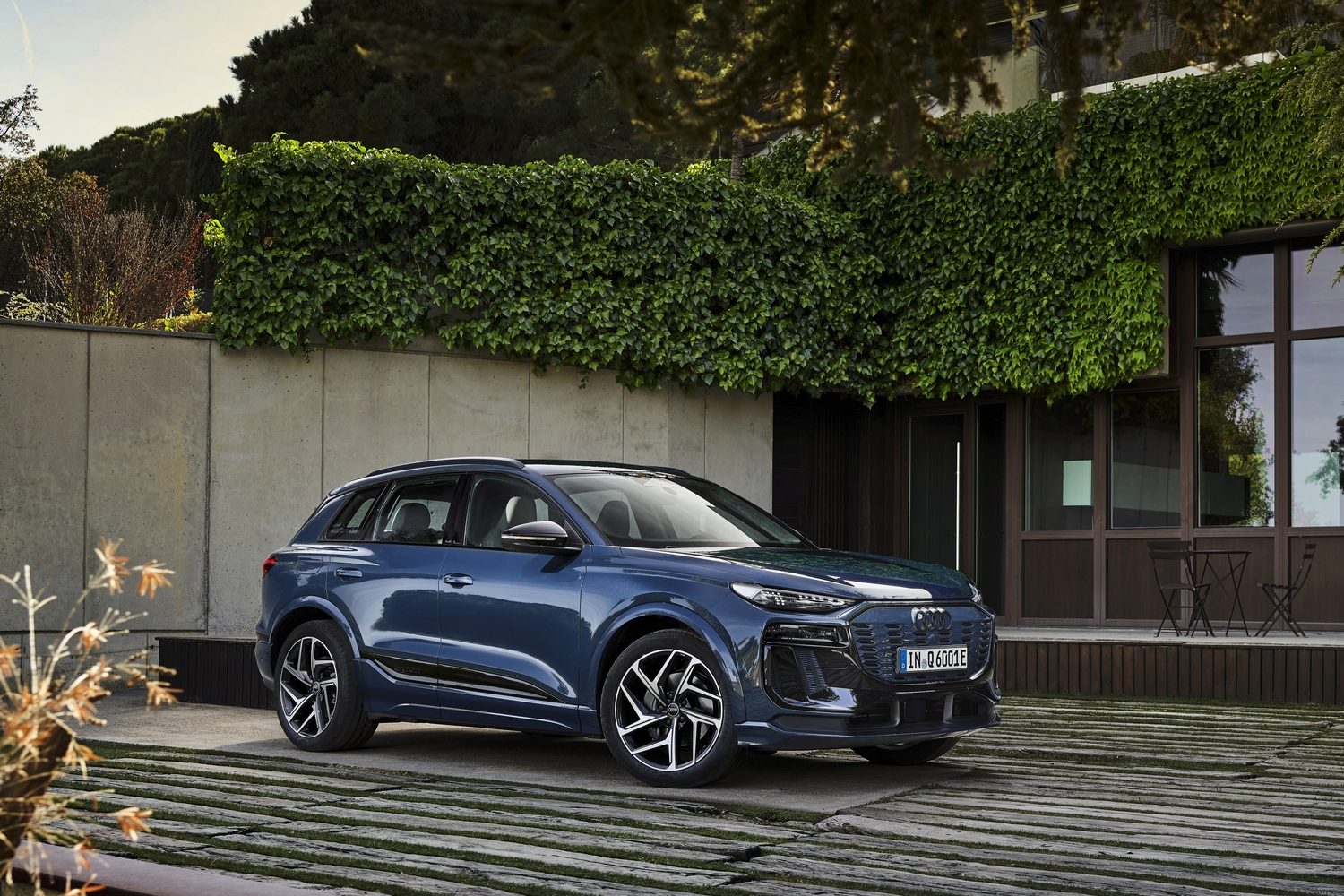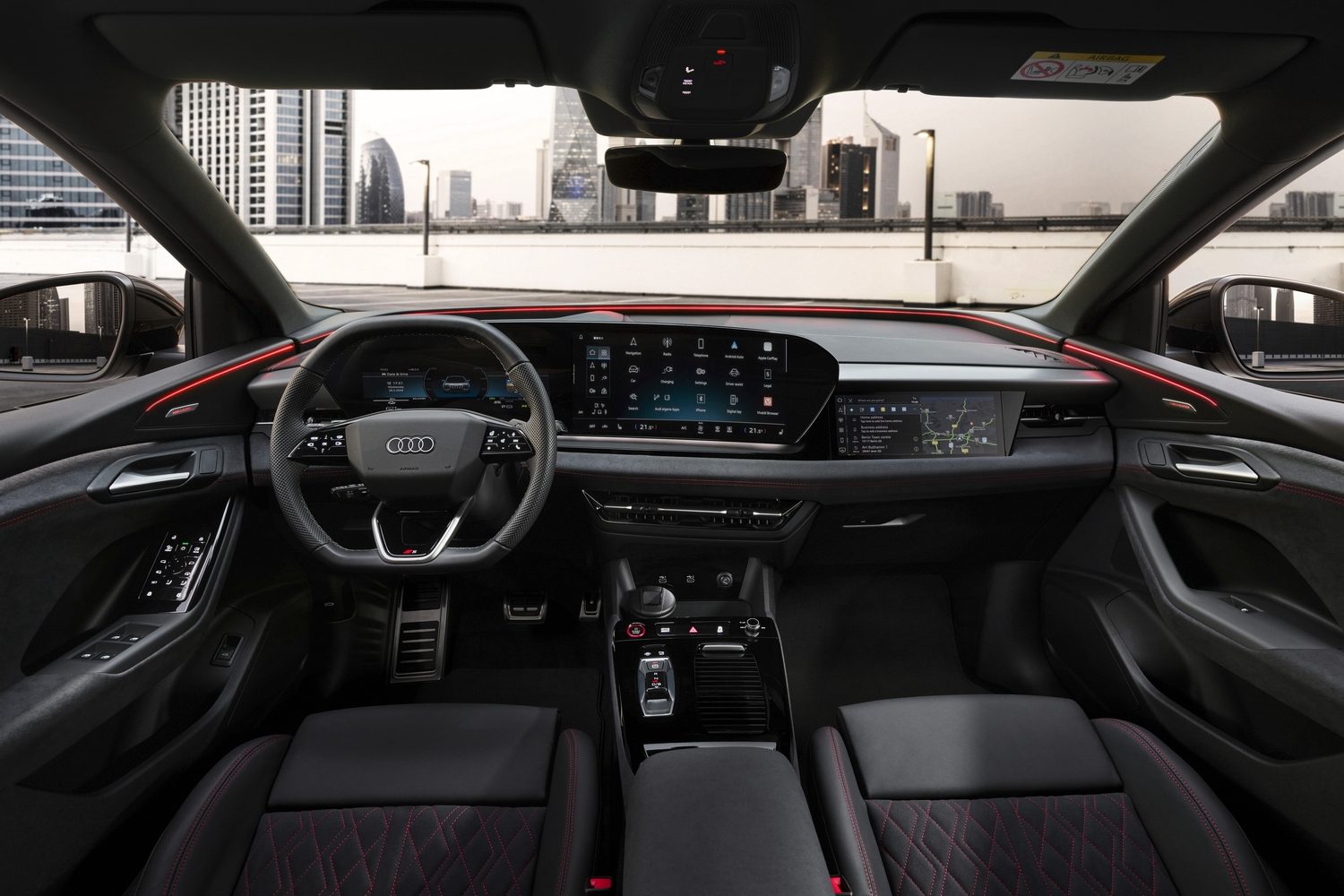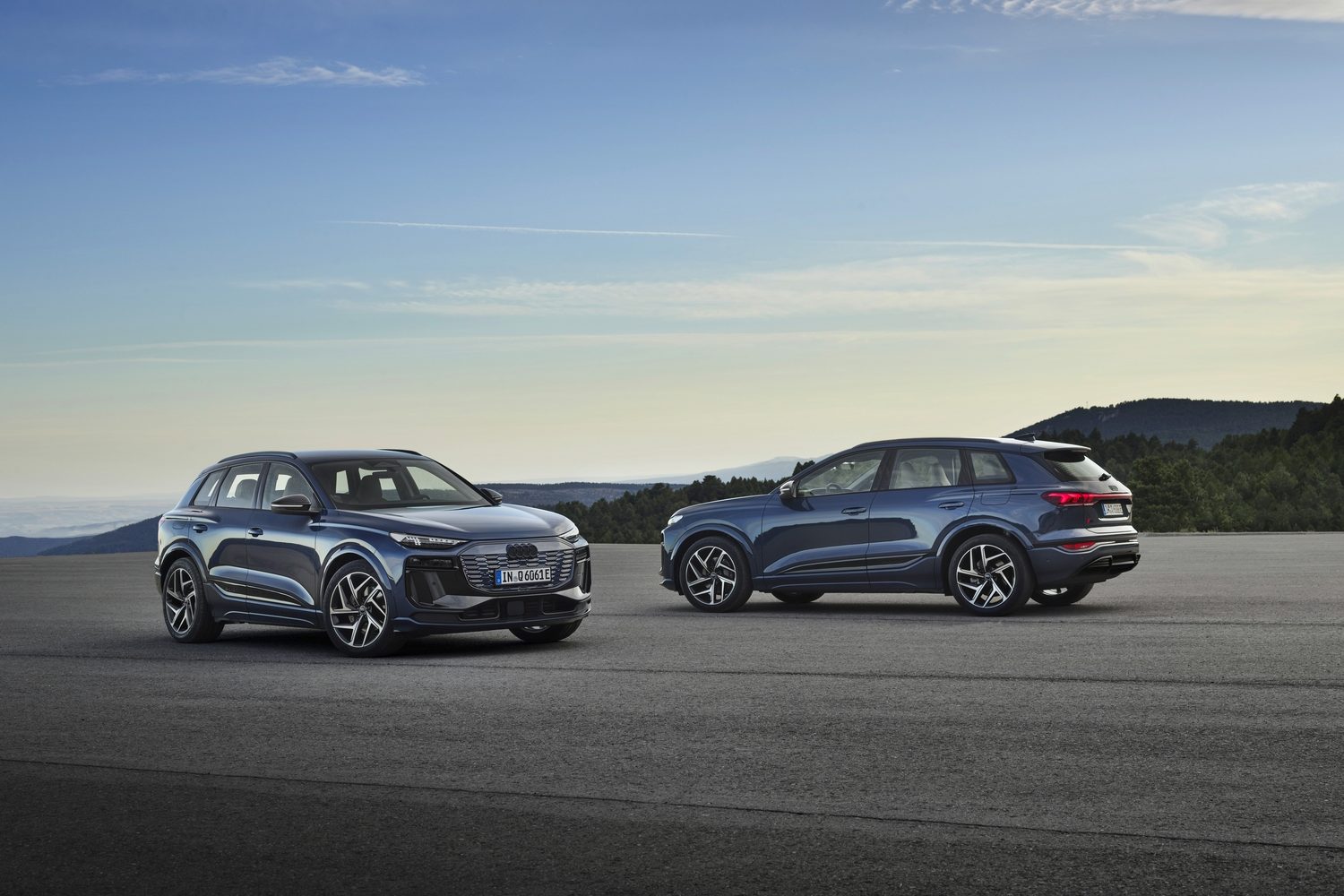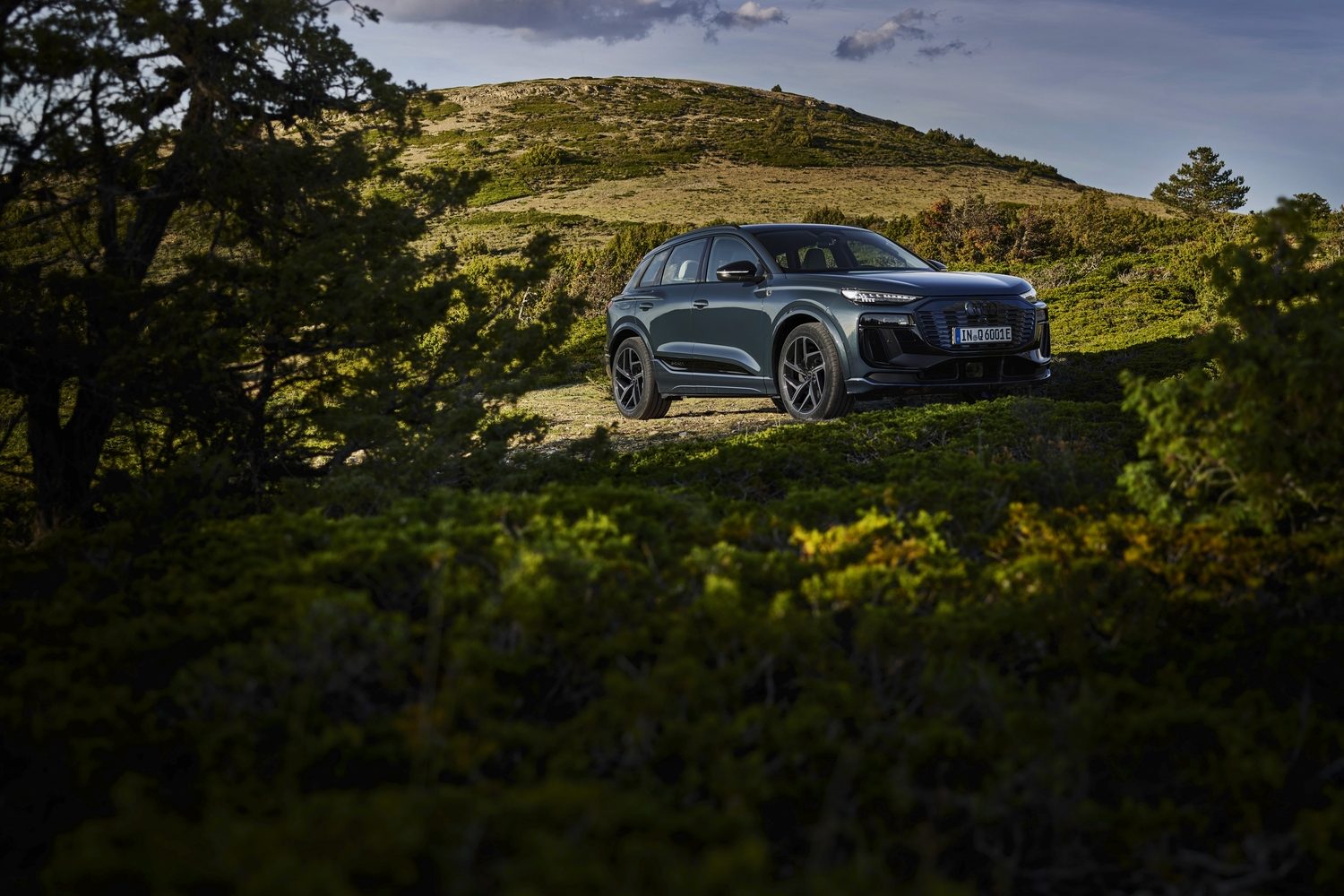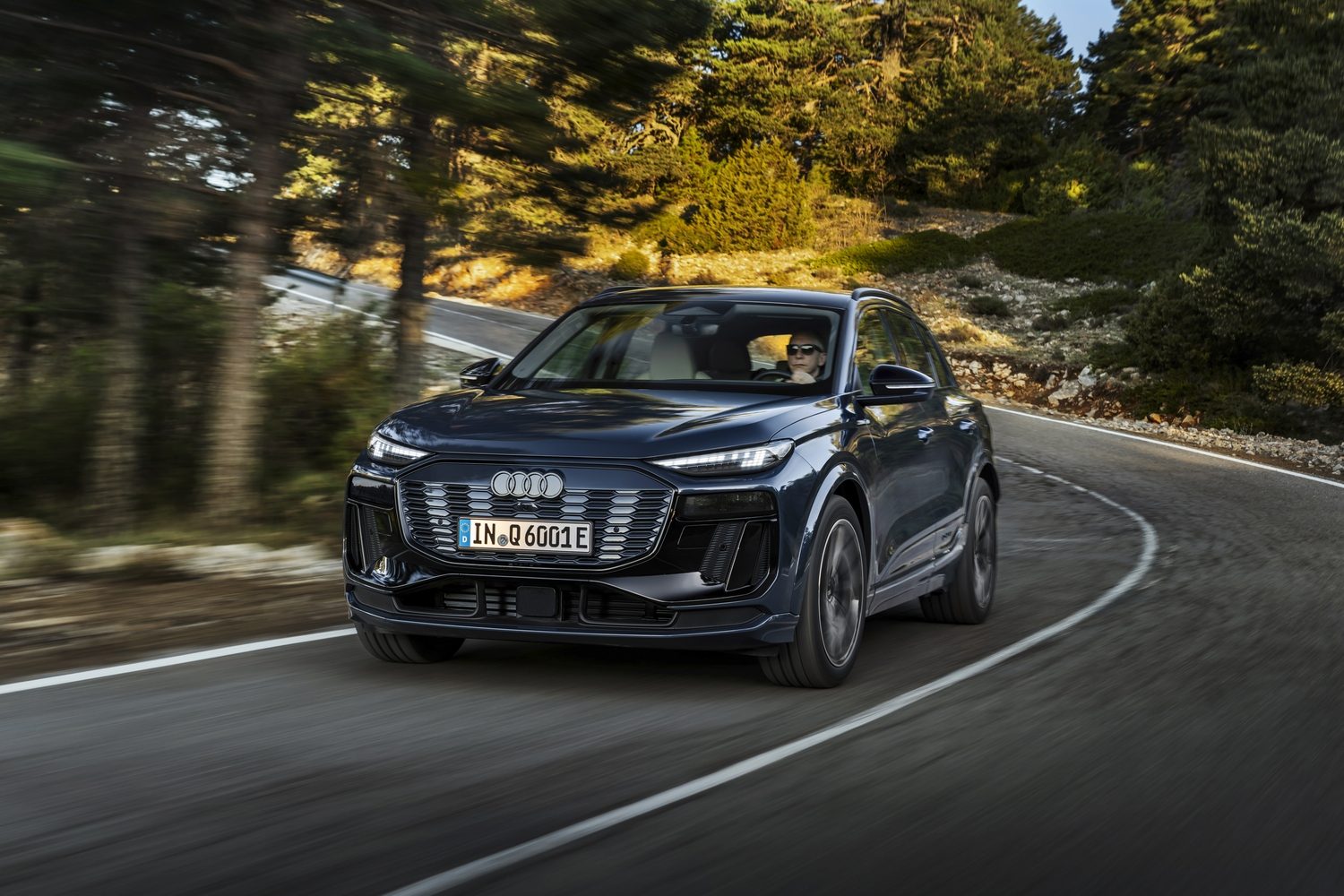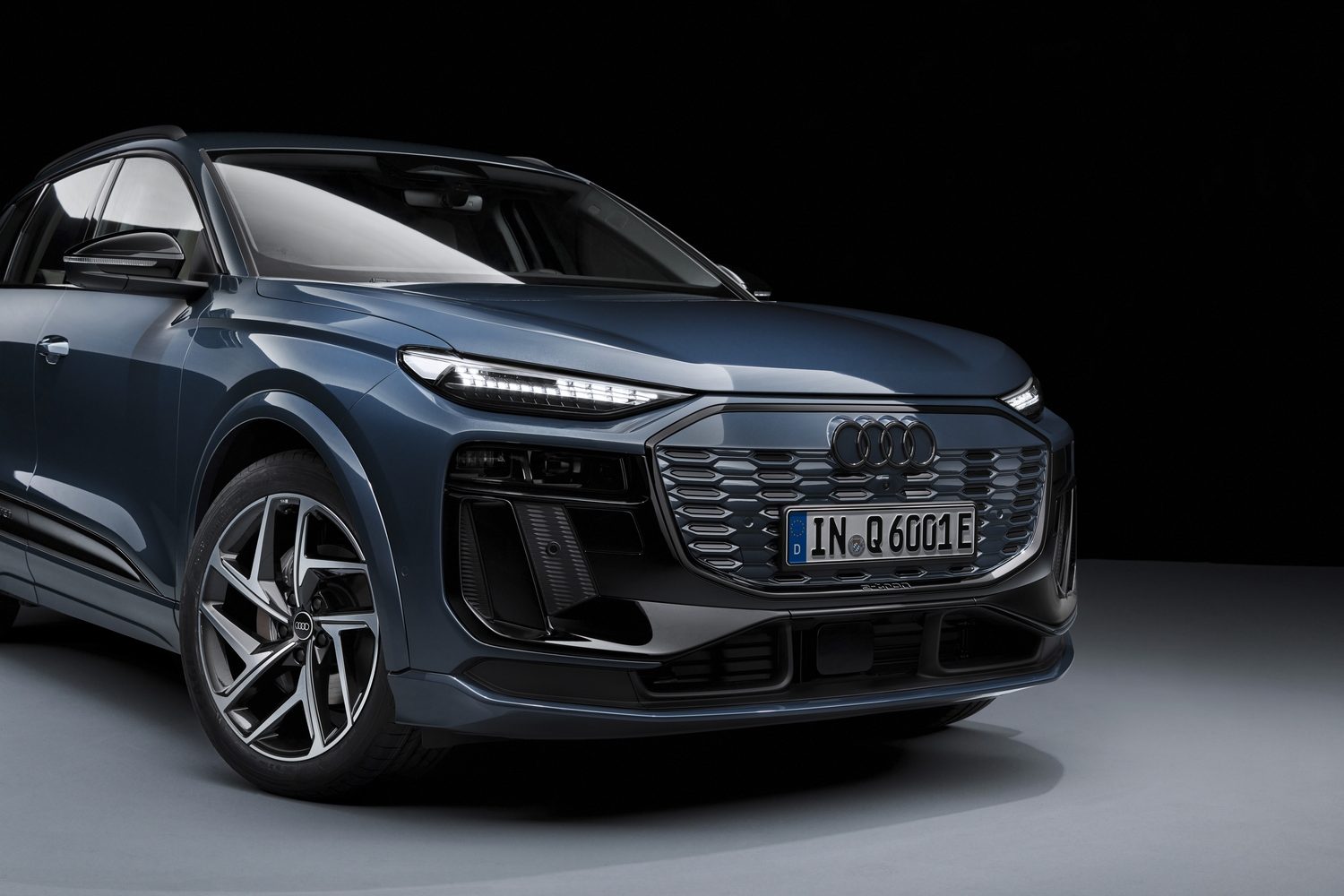Audi, having teased us for some time with disguised versions of the new Q6 e-tron SUV, has finally revealed the car in full. Imagine the perfect half-way house between the Audi Q8 and Q4 e-trons and you're on the money.
Shares with Porsche
The Audi Q6, which uses the long-delayed PPE (Premium Platform Electric) setup under the skin, shares all its tech and mechanical bits with the recently-revealed electric Porsche Macan, and so the two cars are similar in terms of performance. The Q6 gets a maximum range of up to 625km and is very quick to charge thanks to an 800-volt electrical system, which can accept up to 270kW at a suitable DC charger. The Q6 can, according to Audi, add 255km of range in just ten minutes' charging. A 10-to-80 per cent charge takes as little as 21 minutes. Much of that capability is down to a clever heat management system, which also helps power the car's heat-pump climate control for better efficiency.
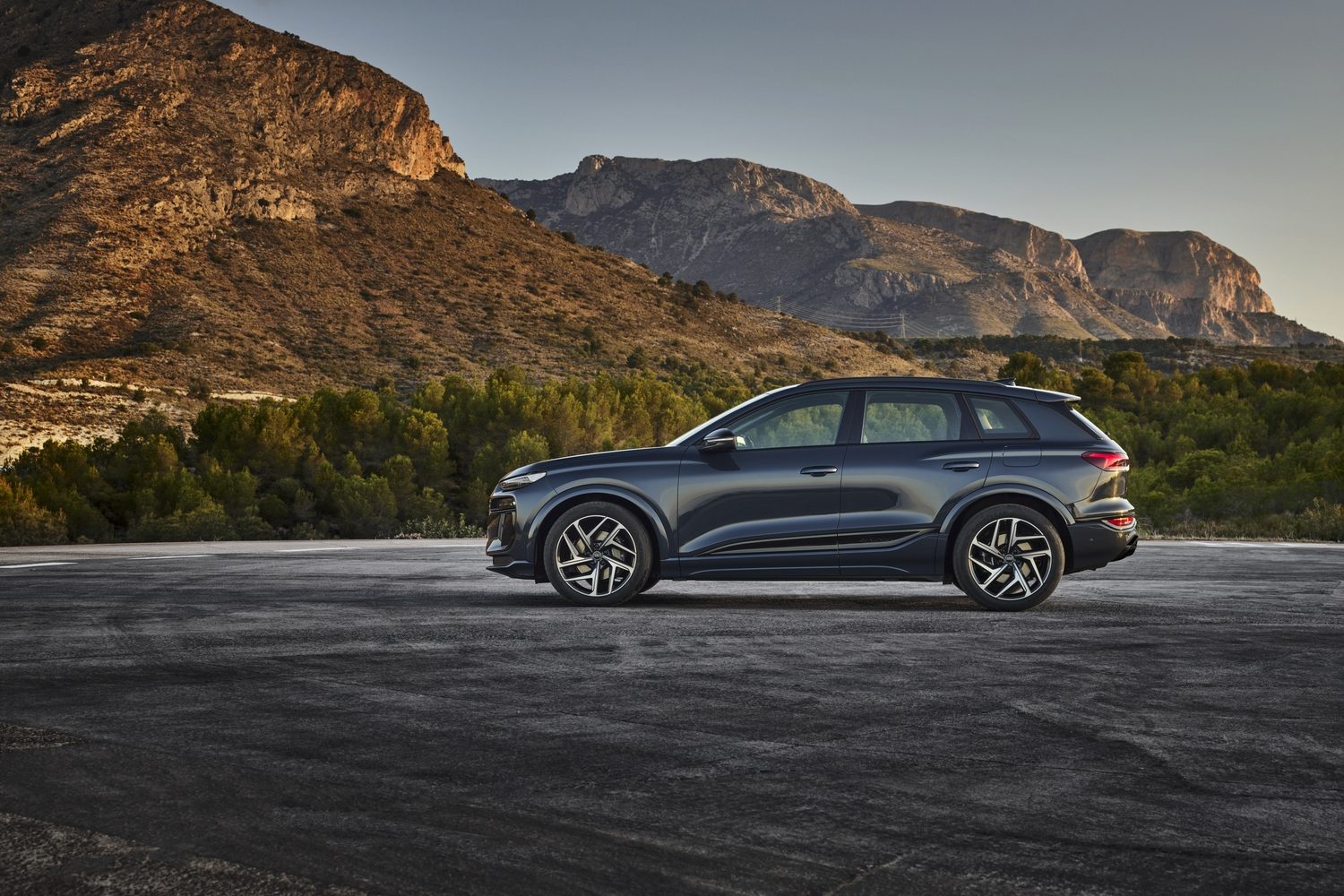
Interestingly, if you plug the Audi Q6 into a lower-voltage DC charger, the car's on-board system can divide the battery into two equal charging halves, and charge both at 135kW each. On AC charging, the Q6 manages 11kW. When driving, the battery is topped up by an advanced recuperative braking system, which Audi claims can handle 95 per cent of everyday braking requirements, making this largely a 'one-pedal' car.
Rear-drive models coming
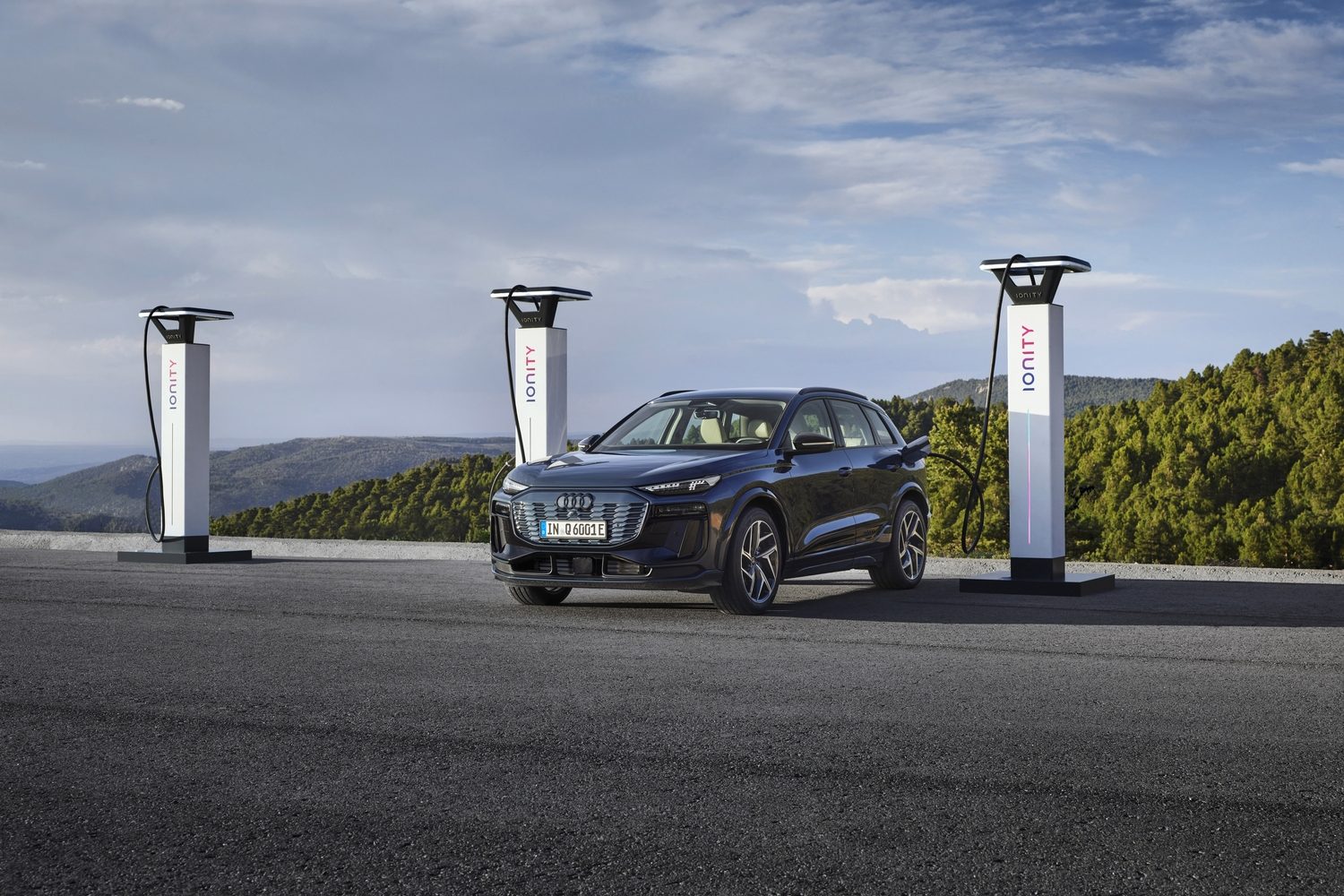
The Q6's battery is a 100kWh pack (of which 94.9kWh is useable) divided into 12 distinct cells (that makes repair or replacement at a later date much easier and cheaper) and it uses less cobalt than before with 30 per cent better energy density than previous Audi designs. Power from that battery flows to a two-motor, four-wheel-drive system producing up to 387hp in the standard model, or 516hp in the sporty Audi SQ6 e-tron. The motors are said to offer 68 per cent better power density than those of the Audi Q8 e-tron, and up to 33 per cent better performance. Later, there will be more affordable, lower-power, rear-wheel-drive variants which may well stretch that charge a little further using the larger battery, while a more affordable 83kWh battery is also expected.
The standard Q6 e-tron quattro accelerates from 0-100km/h in 5.9 seconds, while the SQ6 manages a 4.3-second time. Energy consumption is rated at 17.0kWh/100km for the Q6 and 17.5kWh/100km for the SQ6.
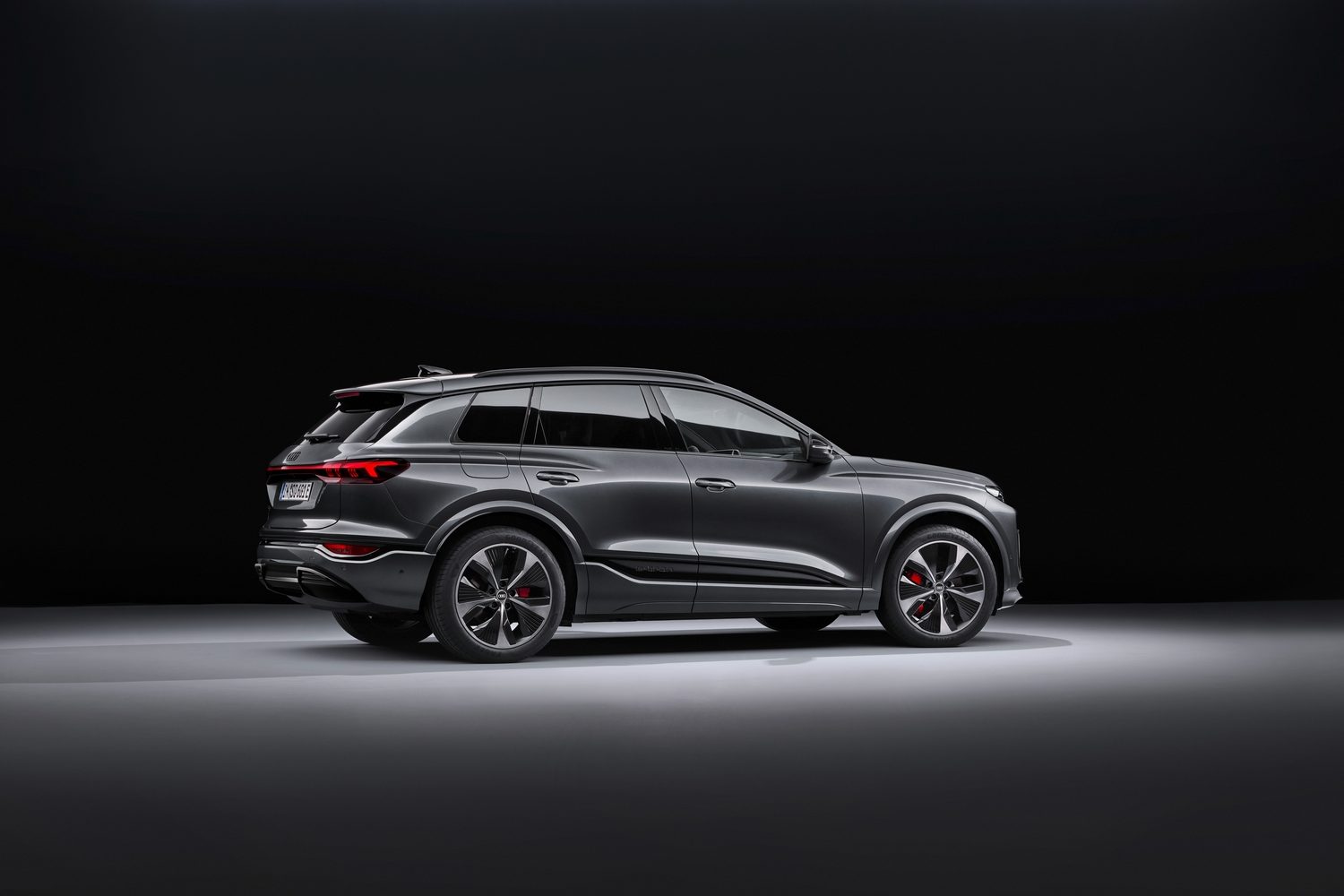
The Q6's suspension design is new, moving the control arms in front of the suspension arms, which Audi claims results in some packaging improvements, while the steering rack is now fixed to a subframe. Audi claims that the "new front axle also improves the steering behaviour. This makes the vehicle feel significantly more agile." The two-motor layout allows for a slight rear-drive balance and, to emphasise that, the rear tyres are slightly wider than the fronts.
The Q6 is reasonably compact, at 4.77 metres long, but it has a very long 2.89-metre wheelbase, so space in the cabin ought to be impressive. Audi says that this combination of space and the car's exterior proportions are directly down to the PPE platform. There's no transmission tunnel, which frees up space for rear-seat passengers, and the boot is a generous 526 litres, with a further 64 litres available in the 'frunk' in the nose.
Clever lights
The brake lights are very clever - they're complex OLED units, deploying six OLED panels with a total of 360 segments and they use a dedicated control unit to generate a new running light image every ten milliseconds using a specially developed algorithm. What's more, the rear lights are designed so that they can communicate with car-to-X systems so that they can function as warning beacons to other traffic, warning road users of accident and breakdown sites.
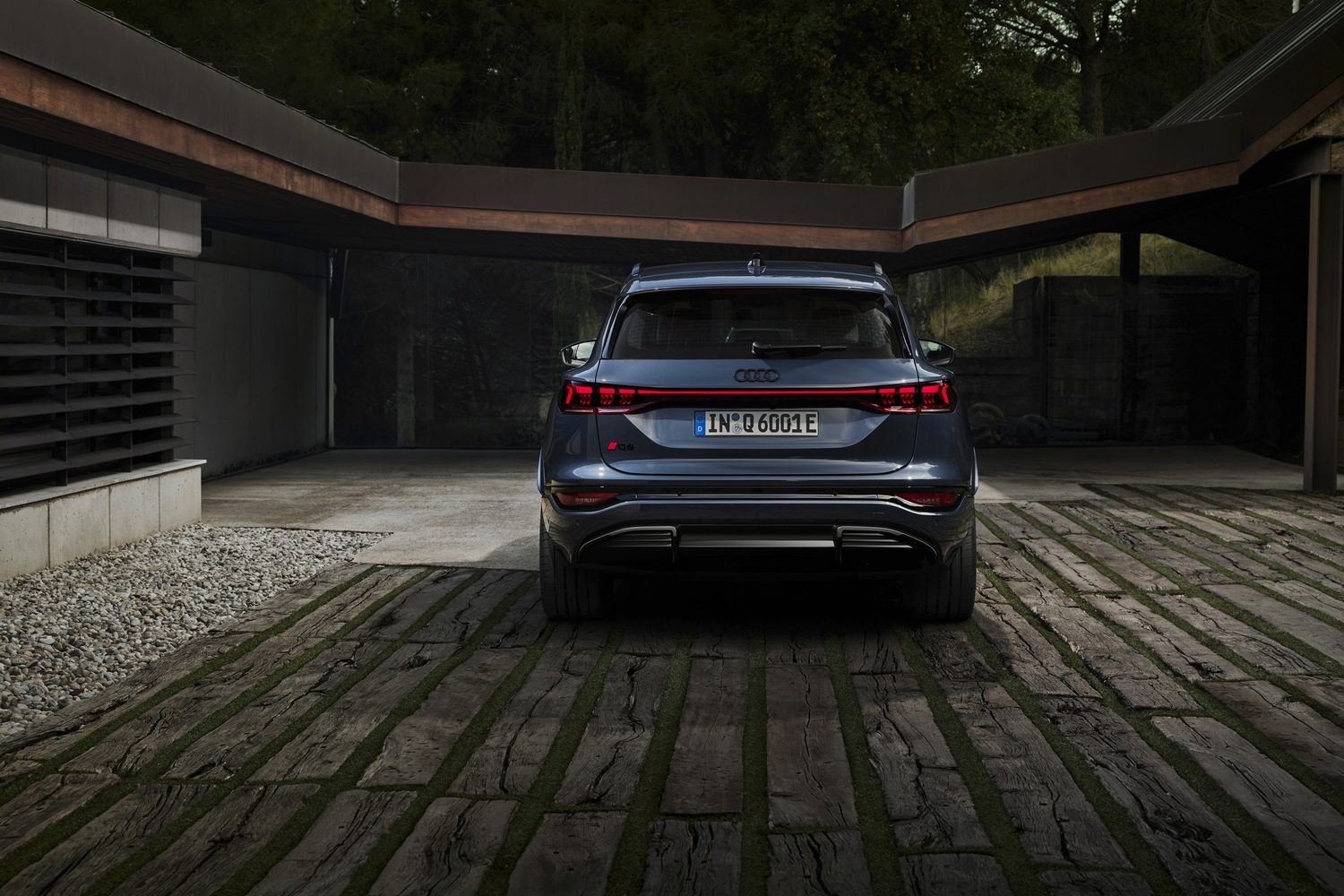
At the front, there are more OLEDs using 12 separate segments to dim and brighten according to the same algorithm, but without ever actually reducing the amount of light hitting the road in front of you.
All this tech is controlled by the PPE platform's new cutting-edge computing system, the High-Performance Computing Platform, or HCP. According to Audi, this can "control all vehicle functions - from infotainment and driving functions through to semi-automated driving in later evolutionary stages. The most powerful electronic architecture to date in terms of computing power is consistently geared towards customer requirements."
Inside, the cockpit of the new Q6 uses what Audi calls the 'Digital Stage' which combines a slim, free-standing Audi panoramic display with curved design and OLED technology. That measures 14.5 inches across, while the driver gets an 11.9-inch digital instrument display. The centre of the dash and the big main screen are both angled slightly towards the driver.
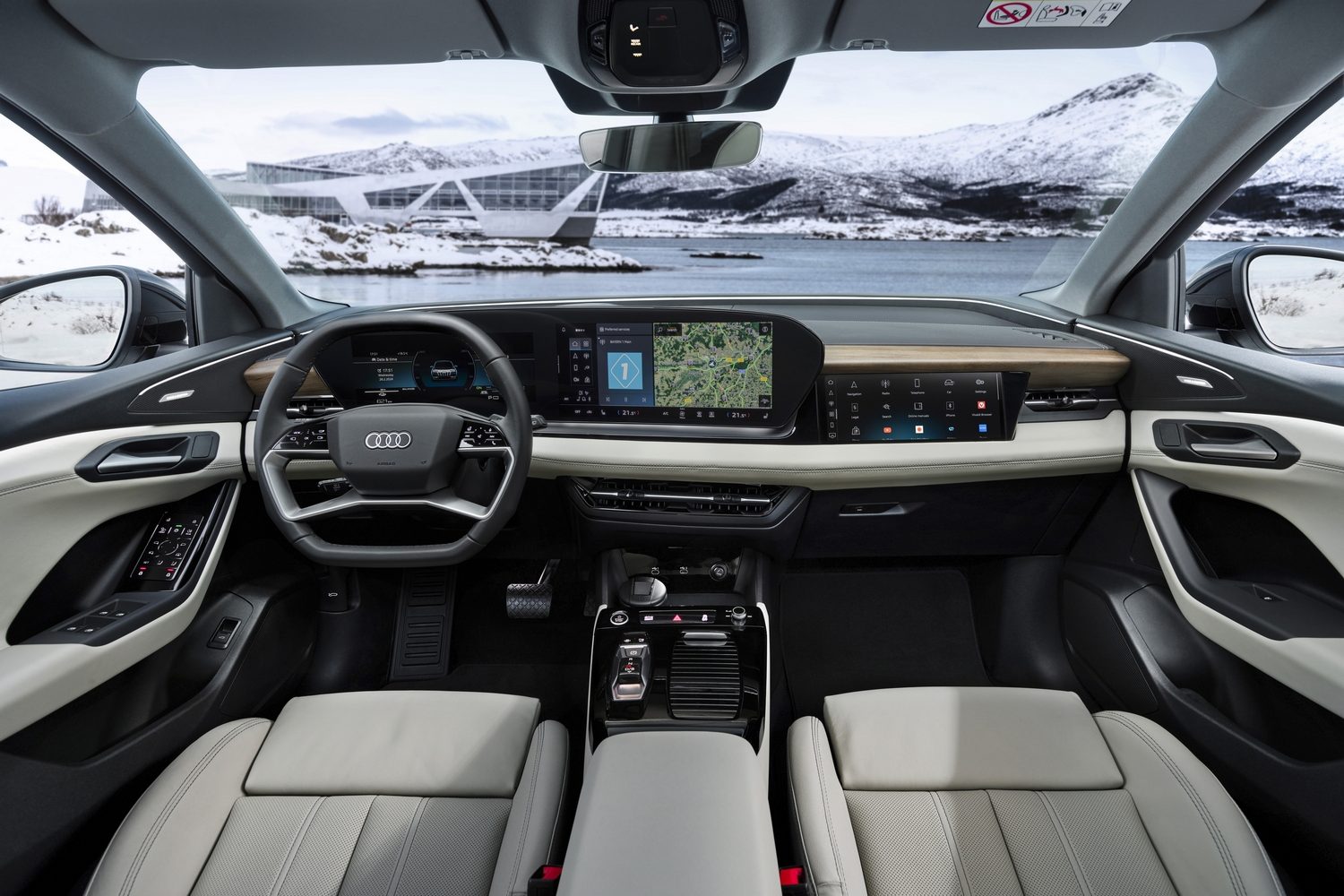
Passenger display
There's also an optional 10.9-inch screen for the front-seat passenger, which uses a privacy display so that it can be used on the move without distracting the driver. Added to all of that is an augmented reality head-up display which "shows relevant information such as speed, traffic signs, assistance and navigation symbols" and which "creates the impression that the elements shown are floating up to 200 metres away."
There's also a new 'self-learning' Audi Assistant digital voice control setup, which already understands 800 voice commands and which learns your behaviour to better assist you in the future. The infotainment system is built on a Google platform, so there will be the option to download third-party apps to run natively on the screens, and some 70 of those are available at launch.
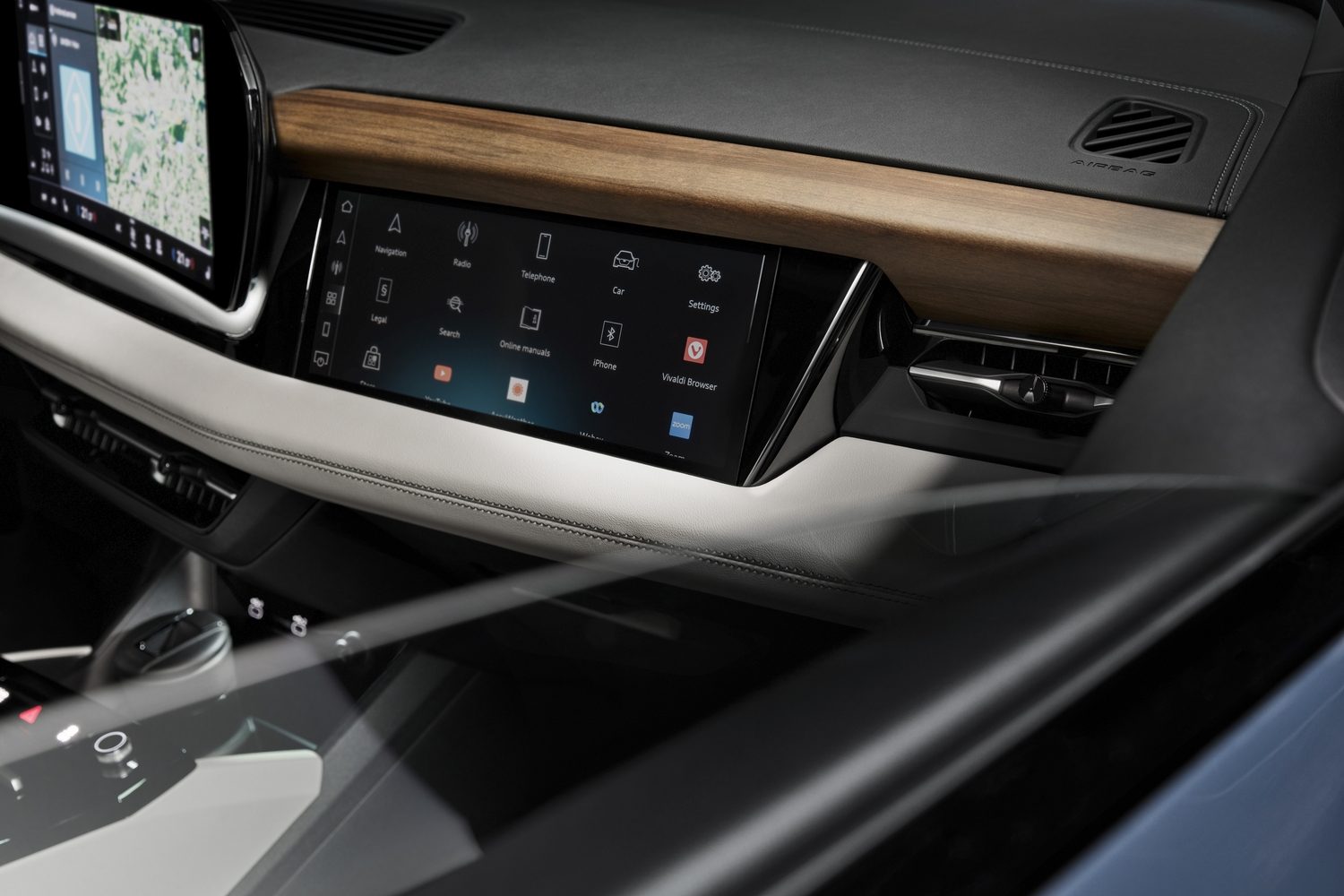
All this trick software is updatable over the air, and for those who really enjoy their sounds, there's the option of a Bang & Olufsen Premium sound system with a highly efficient amplifier. It drives 20 loudspeakers with 830 watts of power. Four of these are integrated into the headrests of the front seats, for the first time enabling sound zones in an Audi.
In safety terms, there's a new active driving assistant, which can "help with acceleration, maintaining speed, keeping distance and lane guidance, but also uses high-resolution map data and swarm data from other vehicles aggregated in the cloud to improve the handling of the Q6 e-tron." Standard safety equipment on all versions includes rear parking assistance, cruise control, lane departure warning, efficiency assist, active front assist and a distraction and drowsiness warning system.
Recycled materials
To try and keep the Audi Q6's carbon footprint down as much as possible, the production process uses quite a lot of recycled material, so the frunk and the adjacent covers in the front section, as well as the air conditioning intake, are all made from recycled plastics. Around 15 per cent of the Q6's body and chassis steel is also recycled.
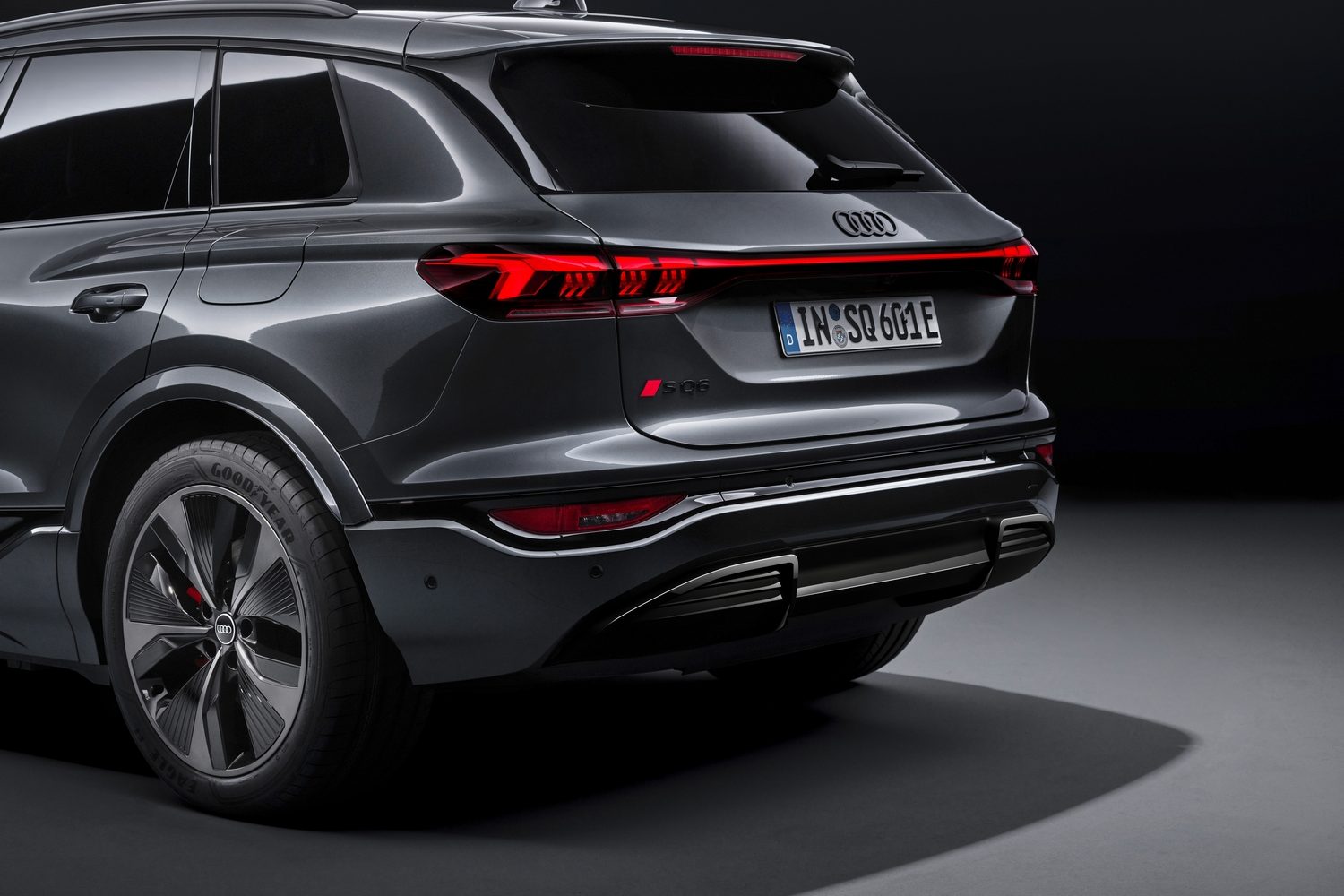
"Built on the new PPE platform, the Audi Q6 e-tron is the next technological leap in premium electric mobility for our customers," said Gernot Döllner, Chairman of the Board of Management of Audi. "The PPE shows how we are pooling expertise within the Volkswagen Group and thus making electric mobility scalable. Thanks to the PPE, we are able to launch high-volume models with high technical standards in different segments and thus further electrify our portfolio."
Irish prices for the Q6 e-tron have not yet been announced, but are likely to start in and around €80,000 for the four-wheel-drive models, falling to around €65-70,000 for the upcoming single-motor cars.


